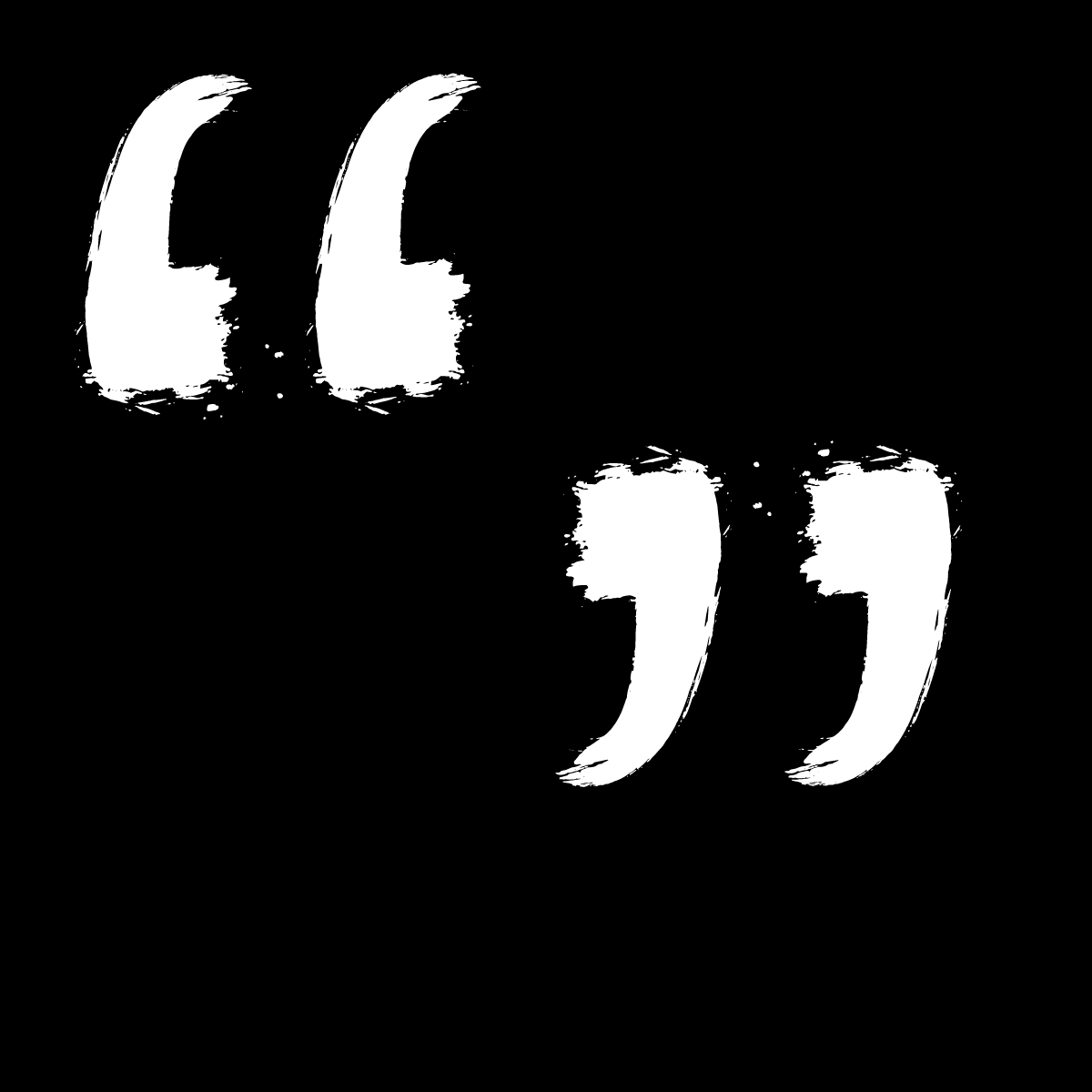Slang and Context
Slang
and
Context
Benefits and drawbacks of using slang in Fiction
Lauren Kelly
With the rise of popular fiction, slang has come to the fore as a primary means of depicting effective communication between individuals. The slang someone chooses to use—whether in something ephemeral like a passing conversation, or in something more concrete such as a novel—can often reveal a lot more about them than intended. Slang has the ability to convey personal interests, social class, and when and where someone grew up without expressly stating so. This should be considered an invaluable tool for authors wanting to increase the authenticity of their characters.
Slang can be understood as informal, colloquial language typically specific to groups or cohorts that are considered divergent from mainstream society. These words and phrases are often designed to conceal their meaning from outsiders and can be used as a type of social currency to prove membership of the group. Slang can be understood by large heterogeneous demographics, such as adolescents or users of a popular social media platform or online message-board. Or it can be specific and limited, used by groups that have rigid rules of inclusion, such as skateboarders or heavy metal music fans.
Slang can also be time sensitive. Combined with its use as a means of obscuring conversational meaning and highlighting prominent values held by the user, most slang expires relatively quickly compared to other forms of colloquial language. This definition does not include basic slang, which is developed from values that are accessible to wider society and can be shared by different groups and generations. A prominent example of basic slang that has persisted is the term ‘cool’, which was first used positively in the 1930s by African American jazz musicians and fans, and has remained in use in various iterations since then.
Early records of English language slang existed in glossaries of thieves’ cant. These terms were recorded and disseminated so those who were uninitiated in criminal behaviors could understand conversations taking place around them and perhaps guard themselves against involvement in such activities. While slang may have had questionable beginnings, often described as purposefully deceitful and nefarious, its prolific use by adolescents has transformed our understanding of the way it performs as a social tool beyond the confines of criminal society. The psychology behind an individual’s use of slang can be boiled down to seeking inclusion and membership. It’s used as a verbal passcode that the individual in question can exchange for admittance into an exclusive group or society. Slang’s popularity most likely lies in its contrast to rigid and professional Standard English.
“Slang has the ability to convey personal interest, social class, and when where someone grew up without expressingly stating so.”
The language an individual chooses to use is often seen as an attempt to ‘mediate [their] social identity …’. Our understanding of language use tends towards a hierarchical model that grades the individual based on how articulate or intelligent their language choices make them appear. What is considered articulate or intelligent is typically determined by contemporary mainstream societal values. Changes in slang reflect the changing value systems of the people creating and using it. Lexicographer Jonathon Green believes that slang ‘represents us at our most human’, it is our way of comfortably communicating with individuals we are closely aligned to, whether those alignments depend on age, geographical location, or personal interest.
The earliest slang word recorded, judged from its inclusion in dictionaries from the 1530s onwards, is ‘booze’. This word is now accepted in so many social and cultural spheres it has arguably transformed into colloquial jargon. Jargon is usually attributed to a specific activity in a skilled field, like tech-speak. Slang was also often utilised in playscripts from the Elizabethan era onwards as a way of simultaneously making the theatre more accessible to lower- and middle-class patrons and entertaining the upper class by allowing them to feel as if they were ‘slumming it’. Inclusion of slang in plays depicting the lower classes also lent the action occurring on stage more authenticity. Colloquial language wasn’t common or customary in print culture and literature until the use of the written word became a popular commodity. Use of slang in written communication, particularly personal communication, increased in parallel to the development of online message-boards, social media sites—in all their various reincarnations—and mobile text messaging.
In a contemporary setting it isn’t unusual to encounter a wide range of slang from a variety of places within a single 24-hour period. It’s used by radio programs and news sites that are geared towards making current affairs accessible and engaging for younger generations. We interact with it prolifically on social media platforms like Twitter, Instagram and YouTube.18 We switch seamlessly between colloquial conversations with our coworkers to professional discussions with our employers.19 Each of these iterations of slang will be different, undoubtedly, because we code our language depending upon the context we use it in.20 If slang is used so comfortably in everyday life, then it makes perfect sense to include it in works of fiction that tell stories about us.
For slang to be used successfully, an individual must:
-
Possess or develop knowledge about the group or cohort the slang is traditionally used by,
-
Assess the contextual suitability of its use, always keeping in mind that slang is colloquial,
-
Consider the authenticity and purpose of the chosen word or phrase. Slang can be either highly specific or basic. Consider if the use of slang is going to add value to the message,
-
Try to make sure that the chosen word or phrase will be unlikely to misinterpreted.
Slang is used most commonly in the genres of crime and young adult (YA) fiction, as these two groups are traditionally considered heavy users of ‘non-standard language varieties’. It also appears, to a lesser extent, in period and historical fiction as a means of delineating timeframes. When conceived properly, slang is able to give the reader assumed information about key aspects of the narrative structure, namely: time period, geographical location, age of a character, social class of a character and the nature of the relationship between two or more characters. The way this information is given also affects the tone of the narrative. By allowing the savvy reader to gather this information based in their own contextual understanding, writers are able to prompt interaction with the text and develop a sense intimate knowledge of their characters.
Slang is not, however, an infallible tool that writers can use to create colloquialism. One key issue that accompanies the use of slang in popular fiction is the speed at which it develops, proliferates and recedes. This is particularly apparent in YA fiction as the success of youth slang hinges on its ability to remain hyper-transient.24 While some words remain in use for longer periods of time—basic slang such as ‘cool’ or ‘OK’—others fall into disuse almost as soon as they become widely broadcasted.25 While the meaning of older slang can still be easily understood, they quickly lose their edge as indicators of social influence. For example, take a handful of passages from Stephanie Kate Strohm’s It’s Not Me, It’s You:
When Avery busts a slump, she busts it hard. First, there was the cowboy. Then, there was the movie star. After sophomore year’s epic fail, junior year was like Arvery’s equivalent of 1961…
Avery Dennis is a really cool girl, man. I don’t think there are a lot of people who could have kept that to themselves. Usually nothing is a secret at San Alselmo Prep. But she really kept that one on lockdown.
The gift shop has these totally amaze Kabbalah bracelets. They’re one of the reasons I have such good energy.
From these passages we can make a few assumptions about the characters in this book: they are American, adolescent and middle-class. But while this book was only published three years prior, the slang used by various characters is misaligned with current trends. In this case, the narrative remains clear because Strohm uses a combination of basic slang, ‘cool’ and ‘lockdown’, with slang that has since fallen out of favour, ‘epic fail’ and ‘totally amaze’. While the latter slang is still understandable it has since lost a certain measure of value as a social currency and is considered ‘uncool’. One case of prevalent youth slang that is no longer accepted is ‘retard’ or ‘retarded’. This term was commonly utilised as slang to describe someone who was behaving foolishly or a situation that seemed illogical. Use of this term as slang has since been abandoned because it is considered ethically unacceptable. Slang is likely to persist as long as the core values that it denotes are represented in contemporary youth culture. Once that value is destabilised, dislodged or abandoned entirely the slang associated with it falls into disuse.
Another important aspect of slang to take into consideration before use is the matter of authority and purpose. Slang can feel artificial unless the user is also a member of the group the slang is being drawn from. The slang used in Ben Aaronvitch’s Rivers of London series gives readers quite a lot of contextual information:
‘There goes a proper thief taker,’ said Neblett. He looked at me and frowned.
‘That’s a load of wank,’ he said, ‘but at least it’s convincing wank. In a couple of minutes we’re going to take you down to Hampstead nick, where a very nice lady from Scotland Yard is going to take your statements—separately…’
‘He snaps, tops a fellow media professional, tops his family and tops himself.’
‘By making his face fall off?’ I asked.
‘No theory is ever perfect,’ said Lesley. ‘Particularly since we can’t even find a reason for William Skirmish being in the West End that night.’
‘Maybe he was on the pull,’ I said.
From the outset we can draw two conclusions from the slang used. The geographical location of the novel, London, and the profession of the main characters, blue collar police officers. The authority of the first conclusion can be proven by taking into account that the author himself resides in London and can be expected to have knowledge of the common slang in use there. The authority of the second conclusion is more difficult to ascertain if the reader is not a member of a police force and knows that the author isn’t either. In the case of the Rivers of London series the writing shows—rather than tells—context to the reader through the voice of the characters themselves. The slang is understood because it works in tandem with the genre of the narrative, bolstering affective communication between characters, not because the reader understands the exact meaning of the words and phrases used.
When asked about her use of Spanish slang in her work author Mia García makes a point to explain that slang should not be used in a throw-away manner for the sake of niche appeal. The use of slang in fiction is still looked down upon by some in the literary world because they are concerned it will prematurely age a novel, or because they think it cheapens the work by pandering to a target audience that is fond of gimmicks. The concept of omitting slang from a fictional work due to the assumption that slang is base and lower-class is hopefully being left behind as we come to understand that creative use of slang shows as much articulacy as the creative use of Standard English.
If we take slang to be a colloquial and ordinary state of the expression of human language, then there is no good reason it should be excluded from fiction that depicts human experiences, relationships and feelings. When writing genre fiction such as crime and YA the main goal of the author is to embody the experiences of their characters with language choice and authentic voice. Slang has the ability to showcase authentic social interactions that characters would have with us if they stepped out of the pages of their world into ours.







